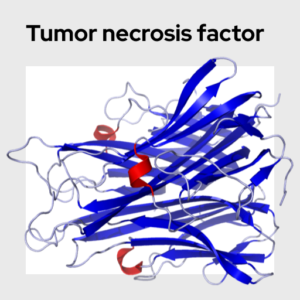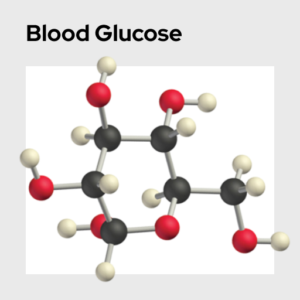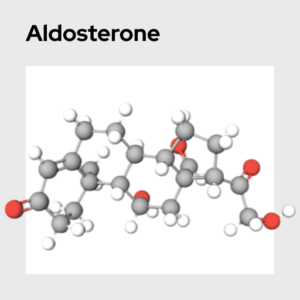Glucagon-like peptide 1 (GLP-1)
Glucagon-like peptide 1 [GLP-1] belongs to a family of hormones called ‘incretins’ because they enhance the secretion of insulin in response to food intake. Increased levels of GLP-1 are generally detectable after 10 minutes of starting to eat and levels remain elevated in the blood for several hours after food has been consumed. GLP-1 is a satiety hormone as it plays a role in reducing appetite in response to food intake. It has been hypothesized that too little GLP-1 released after a meal may promote obesity because it could prompt individuals to continue eating even after their energy needs have been met.
Name: GLP-1
Category: Hunger / Satiety
Type of Test: Blood
GLP-1 (glucagon-like-peptide-1) is an important incretin and satiety hormone. Incretin hormones are a class of gut peptides released into the bloodstream after nutrient intake. Their primary role is stimulating the islet cells of the pancreas to release insulin in response to elevated blood glucose levels. GLP-1 is primarily synthesized in the L cells of the small and large intestine, and, to a lesser extent, in the colon and rectum. GLP-1 is also synthesized by microglial cells and neurons, primarily those located in the nucleus of the solitary tract (NTS) in the hindbrain. In the brain, GLP-1 role appears to play a role in maintaining peripheral (bodily) glucose homeostasis and confers neuroprotective benefits.
GLP-1 is released from storage granules in L cells of the small and large intestine, as well as the NTS, in response to fat and carbohydrate-rich meals. Other sugars, sweeteners, proteins, and dietary fiber also stimulate GLP-1’s release, albeit to a lesser extent. After release from the granules in the lower gut, GLP-1 travels through the blood stream to the beta cells (ß cells) of the pancreatic islets. From there, it acts on GLP-1 receptors (GLP-1R), stimulating the release of insulin and inhibiting glucagon.
Like insulin, elevated blood plasma levels of GLP-1 are associated with the subjective feeling of satiety. As such, abnormal levels or functioning of GLP-1 are common in obesity and diabetes mellitus type II. Accordingly, GLP-1 is a useful biomarker when studying hormonal regulation of hunger and satiety. Levels of GLP-1 are often measured after a meal as they can be quite low prior to food intake when energy need is high.
Erbil, D., Eren, C. Y., Demirel, C., Küçüker, M. U., Solaroğlu, I., & Eser, H. Y. (2019).
GLP-1’s role in neuroprotection: A systematic review. Brain Injury, 33, 734-819. https://doi.org/10.1080/02699052.2019.1587000
Kim, W., & Egan, J. M. (2008). The Role of Incretins in Glucose Homeostasis and Diabetes Treatment. Pharmacological Reviews, 60, 470-512. https://doi.org/10.1124/pr.108.000604
Sandoval, D. (2008). CNS GLP-1 regulation of peripheral glucose homeostasis. Appetite, 49, 327. https://doi.org/10.1016/j.appet.2007.03.177






